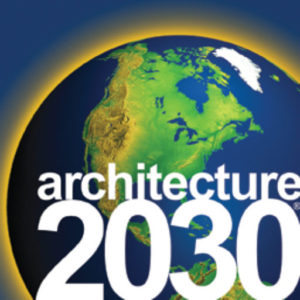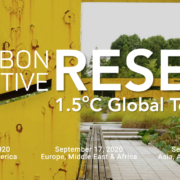> Sign the Accord
Overview
China is currently urbanizing at a rate unmatched in human history. Projections indicate that, within 20 years, China’s urban population will grow by 350 million people, creating 221 cities with over one million inhabitants. In contrast, Europe has only 35 cities of this size. With one billion people living in cities by 2030, China is leading the way to an urbanized global future.
As it accommodates this massive influx of new urban residents, China has an unprecedented opportunity to create healthy, resilient, and integrated regional infrastructure, cities, towns, and buildings that are models of economic and urban sustainability.
The recently released Intergovernmental Panel on Climate Change (IPCC) Fifth Assessment Report concludes that in order to keep the global average temperature increase below the 2 deg C threshold established by the international community, global greenhouse gas emissions must peak by 2020 and then begin a rapid decline. The magnitude of its urban development over the next two decades puts China in a unique position to lead the international community in meeting this target.
As building sector professionals working in China, we understand the responsibility and rare opportunity we have to influence urban development in China and throughout the world: to plan and design sustainable, carbon-neutral built environments that protect and enhance natural resources and wildlife habitats, provide clean air and water, generate on-site renewable energy and advance smarter, more livable communities.
China Accord
As architecture, engineering, and planning firms and organizations, we commit to the following targets for all new projects in China:
- Cities, towns, urban developments, new buildings, and major renovations shall be planned and designed to be carbon neutral, meaning they use no more energy over the course of a year than they produce, or import, from renewable energy sources.
- When reaching carbon neutral is not feasible or practical, cities, towns, urban developments, new buildings, and major renovations shall be designed to be highly efficient with the capability to produce, or import, all their energy from renewable energy sources in the future.
Sign the Accord
If your firm has offices in China, or has current or future plans for projects in China, we would be pleased to add your office as a signatory to this Accord. Simply complete the form below.








